Offshore Fishing Tips for the Gulf Coast: What Locals Know
The Gulf Coast stretches across five states from Florida to Texas, offering some of the richest fishing grounds in North America. While tourists flock to charter boats with high hopes of catching prized gamefish, locals who’ve spent decades on these waters hold specialized knowledge that can turn an ordinary fishing trip into an extraordinary one. The emerald-green waters of the Gulf of Mexico harbor an abundance of species from mighty marlin to delectable snapper, but knowing when, where, and how to target them makes all the difference. In this comprehensive guide, we’ll reveal the insider techniques, seasonal patterns, and time-tested strategies that Gulf Coast locals have refined through generations of offshore fishing experience.
Understanding Gulf Coast Waters: The Foundation of Success
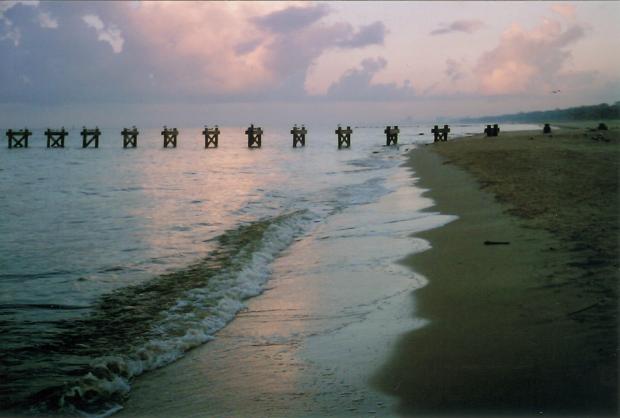
The Gulf of Mexico isn’t just a single body of water but rather a complex ecosystem with varying depths, temperatures, and underwater structures that influence fish behavior. Local anglers understand that the continental shelf extends anywhere from just a few miles offshore in some parts of Florida to over 100 miles in parts of Texas, creating different fishing scenarios across the coast. They know that water clarity, current patterns, and thermoclines (layers of water with different temperatures) are crucial indicators for finding productive fishing spots. Experienced Gulf anglers also recognize that underwater topography—from natural limestone reefs to artificial structures and oil rigs—creates habitats that attract and hold fish year-round. This fundamental understanding of the Gulf’s underwater landscape forms the foundation upon which all successful offshore strategies are built.
Timing Is Everything: Seasonal Patterns Only Locals Recognize

While tourists might plan fishing trips around their vacation schedules, locals plan their offshore excursions according to well-established seasonal patterns. Spring brings the highly anticipated cobia migration along the panhandle, with seasoned anglers knowing to scan the surface near manta rays where these brown fighters often hitch a ride. Summer means peak pelagic action with mahi-mahi (dorado), wahoo, and billfish becoming more prevalent, especially during tournament season. Fall offers some of the year’s best fishing as many species feed heavily before winter, with locals taking advantage of reduced boat traffic and cooling water temperatures that bring certain species closer to shore. Winter, contrary to tourist perception, isn’t downtime but rather prime season for grouper and amberjack in deeper structures, with locals bundling up and heading out on calm days for exceptional catches while most charter operations are on hiatus.
Reading Weather and Water: The Local Advantage
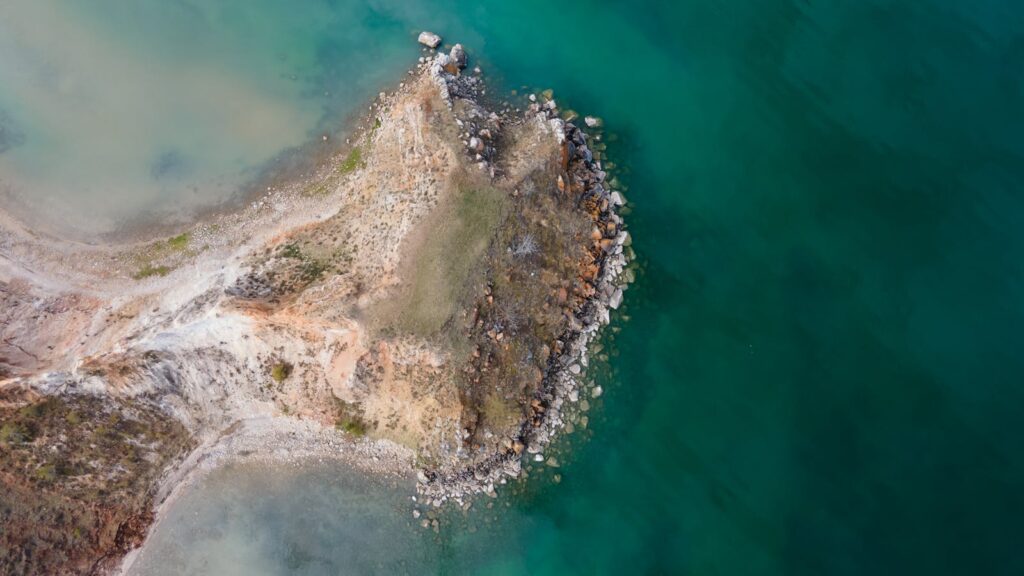
Gulf Coast locals possess an almost intuitive ability to read weather patterns and water conditions that directly impact fishing success. They understand that approaching cold fronts often trigger feeding frenzies before the barometric pressure drops, making the day before a front passes an ideal time to be offshore. Experienced anglers also recognize that wind direction influences water clarity and current patterns, with prevailing southeast winds typically creating favorable conditions along much of the coast. Water color transitions or “rips” where green meets blue water are prime hunting grounds for pelagic species, with locals often traveling miles to find these productive boundaries. Additionally, Gulf veterans pay close attention to water temperature breaks of even 1-2 degrees, using satellite imagery and fishing reports to locate these invisible but crucial fishing hotspots that concentrate baitfish and predators alike.
Rig Fishing: Platforms and Petroleum Mean Productivity
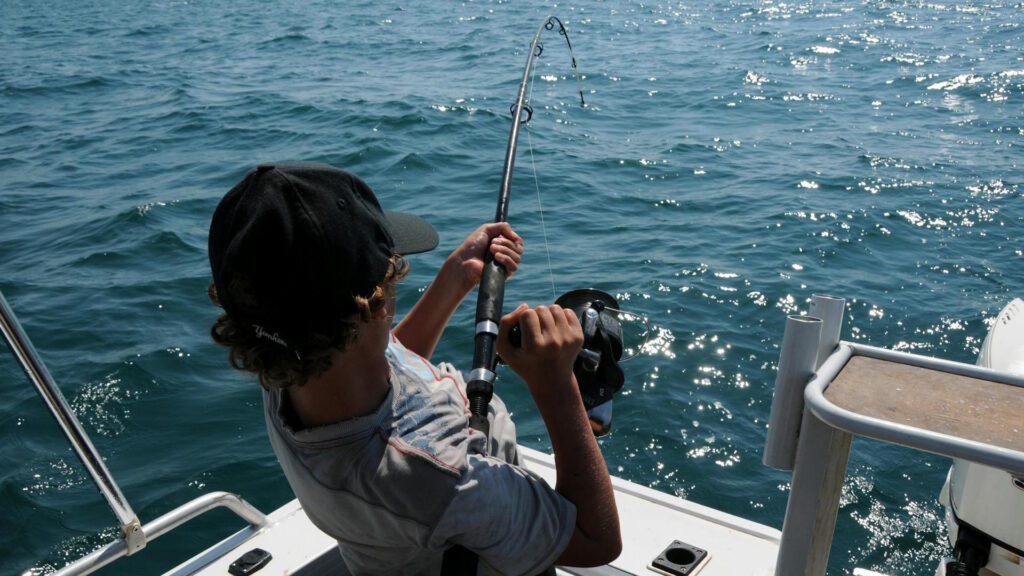
The thousands of oil and gas platforms dotting the Gulf create artificial reefs that form the backbone of offshore fishing in Louisiana and Texas waters. Locals understand that different rigs hold different species based on water depth, current flow, and structure complexity. Standing platforms with crossbeams near the surface often harbor kingfish, cobia, and various snapper species, while deeper rigs in 300+ feet of water might be better for yellowfin tuna and marlin. Experienced anglers know to fish the up-current side of rigs where baitfish typically congregate, creating a natural feeding station for predator species. They also recognize that different platforms develop distinct reputations over time, with some consistently producing certain species year after year, information passed down through fishing families and tight-knit communities that rarely appears in guidebooks.
Artificial Reefs: Man-Made Hotspots Known to Few
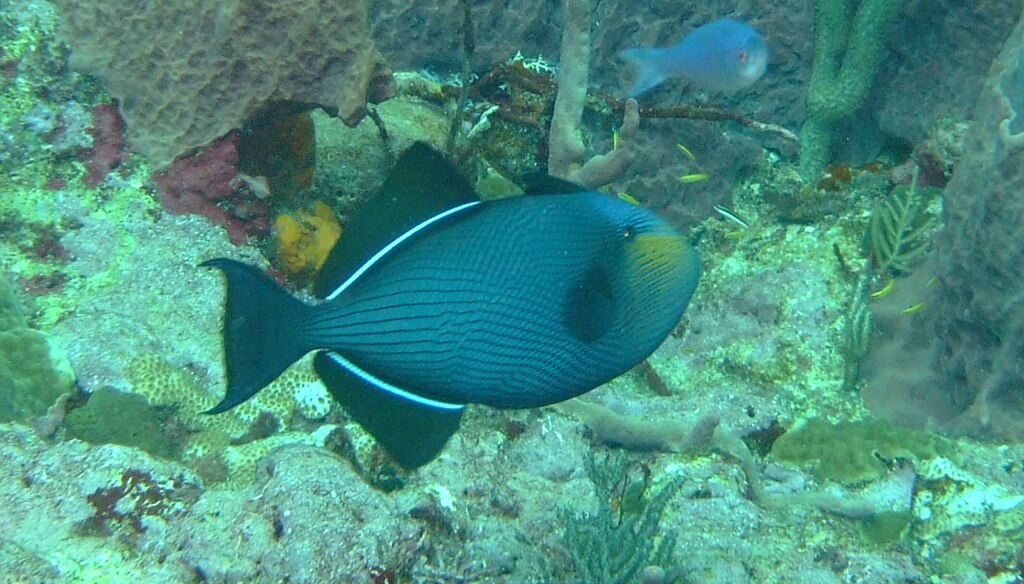
Beyond the well-known public artificial reefs marked on charts, locals maintain mental maps of countless unmarked structure spots created from everything from bridge rubble to intentionally sunk vessels. These artificial habitats create oases of marine life in otherwise barren sandy bottoms, attracting reef fish like snapper, grouper, and triggerfish. Savvy Gulf anglers often have “private numbers” – GPS coordinates for productive artificial structures that aren’t published on any reef maps, sometimes created by the anglers themselves through permitted reef-building programs. They understand that newer artificial reefs often produce different species than established ones, with red snapper quickly colonizing fresh structures while gag grouper might prefer reefs that have developed more complex ecosystems over the years. Accessing these spots requires not just coordinates but knowledge of how to properly anchor or drift fish them without snagging gear on the structure itself, techniques refined through experience.
Live Bait Tactics: The Ultimate Edge
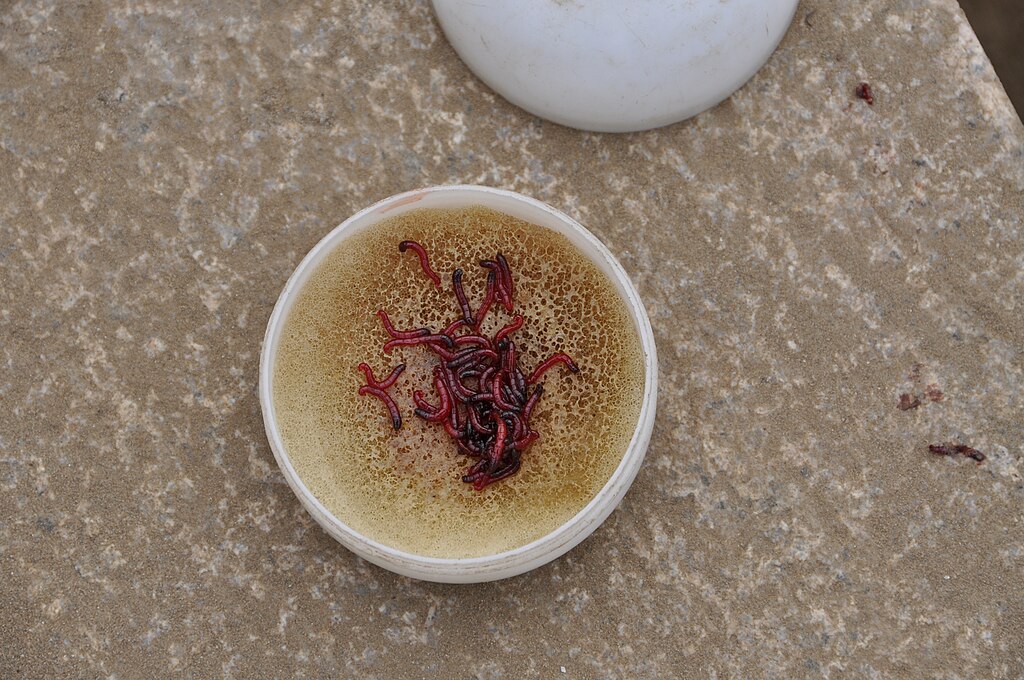
While artificial lures have their place offshore, Gulf Coast locals know that live bait consistently produces bigger fish and more consistent action across species. Rather than purchasing bait at premium prices, experienced anglers start their day catching their own using sabiki rigs near coastal passes, jetties, or buoys where baitfish concentrate. They understand that different gamefish prefer different live baits – cobia readily strike live eels or large pinfish, king mackerel favor blue runners or large cigar minnows, while trophy snapper can’t resist a frisky live pinfish or small blue runner. Local experts also recognize that proper bait presentation varies by species, with some requiring free-lined baits while others respond better to baits fished at specific depths controlled by weight. Perhaps most importantly, they’ve mastered techniques for keeping bait alive all day in summer heat, using properly designed livewells with adequate water flow, oxygen, and sometimes salt additives to maintain bait vigor throughout long offshore days.
The Art of Chumming: Creating Your Fishing Grounds

Chumming isn’t just tossing bait scraps overboard – for Gulf veterans, it’s a strategic process that can transform an unproductive spot into a feeding frenzy. Locals often prepare chum days before a trip, creating potent mixtures of ground menhaden (pogies), oatmeal, and fish oil that disperse slowly in the current to create extensive scent trails. For bottom fishing over reef structures, experienced anglers deploy mesh chum bags hung at specific depths to attract snapper and grouper from surrounding areas without overfeeding them. When targeting pelagic species like mahi-mahi or tuna, they might use chunk baits dispersed intermittently to mimic injured baitfish while maintaining their position in productive water. Some commercial fishermen turned recreational guides even use specialized commercial chum grinders mounted to their boats, allowing them to create fresh chum throughout the day – a technique particularly effective for yellowfin tuna in Louisiana waters.
Trolling Techniques: Speed, Spread, and Selection
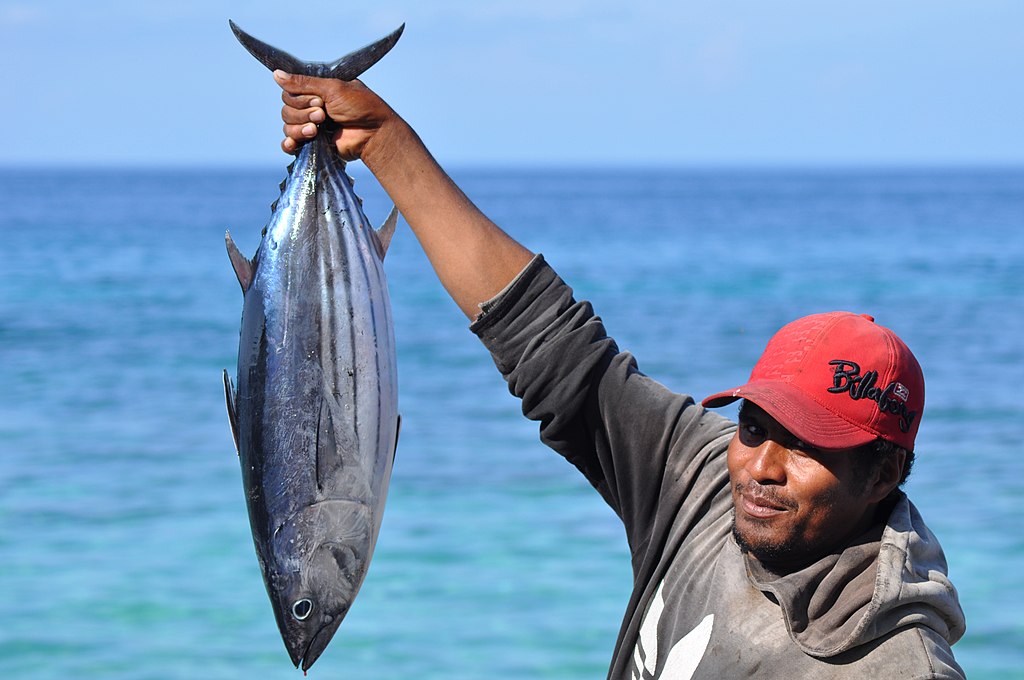
While tourists might simply drag lures behind a boat, Gulf Coast locals have developed sophisticated trolling strategies for different species and conditions. They understand that trolling speed is critical – wahoo respond to fast presentations around 8-12 knots, while yellowfin tuna often prefer a slower 6-8 knot presentation, and marlin might be targeted at variable speeds. Local experts carefully design their lure spreads with precise distances between baits, using outriggers, downriggers, and center lines to create a pattern that covers different depths while preventing tangles. Lure selection follows seasonal patterns that tourists seldom recognize – dark colors often outperform bright options during full moon periods, while lure size frequently matters more than color when matching prevalent baitfish. Perhaps most importantly, veteran Gulf anglers know when to abandon trolling altogether, recognizing when conditions favor other techniques like live baiting, chunking, or jigging that might be more productive during certain seasons or weather patterns.
Bottom Fishing Finesse: Precision in the Deep

The Gulf Coast is renowned for its bottom fishing opportunities, but locals approach this technique with a level of precision that separates them from weekend warriors. Rather than anchoring directly over structure, experienced captains position their boats to drift across productive areas, or anchor up-current so baits drift naturally to the structure. They understand that using the lightest tackle that can handle the target species improves bite detection and increases catch rates, often opting for braid mainlines with fluorocarbon leaders rather than heavy monofilament. Local anglers have also perfected the art of getting baits past “trash fish” like red snapper to target more desirable species like grouper and amberjack, using techniques like butterfly jigging or dropping large live baits quickly through the water column. Many Gulf veterans also employ electric reels strategically for deep-dropping beyond 500 feet, where tilefish, snowy grouper, and other deepwater delicacies require specialized tactics that combine traditional knowledge with modern technology.
Navigation and Safety: Local Knowledge Saves Lives
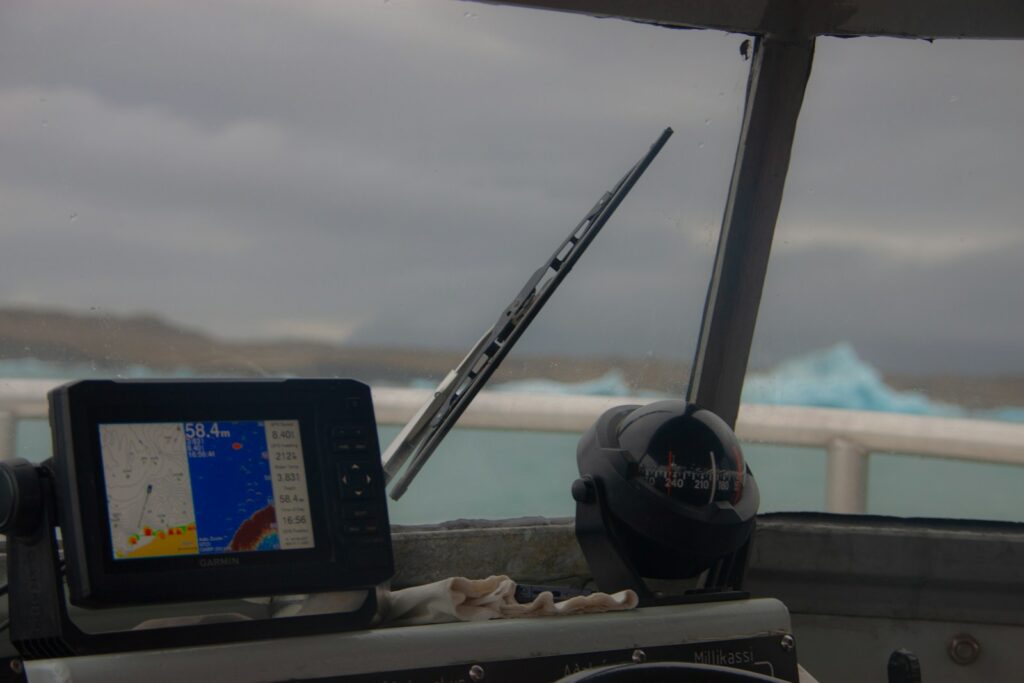
The Gulf of Mexico can transform from flat calm to dangerous in short order, with summer squalls, fog banks, and tropical systems all presenting unique challenges that locals have learned to navigate. Experienced Gulf anglers maintain multiple weather sources and understand how to interpret radar images to track storm development and movement, often giving them crucial extra time to reach safe harbor. They’ve memorized unmarked channels through barrier islands and shallow coastal areas that can provide shortcuts to safety when conditions deteriorate rapidly. Gulf veterans also recognize the importance of redundant navigation and communication systems, carrying backup GPS units, VHF radios, and even satellite phones for trips to distant fishing grounds beyond cell service. Perhaps most importantly, they’ve developed networks of fellow captains who share real-time weather observations and sea conditions, providing invaluable information that no forecast model can match for accuracy.
Conservation Practices: Preserving the Resource
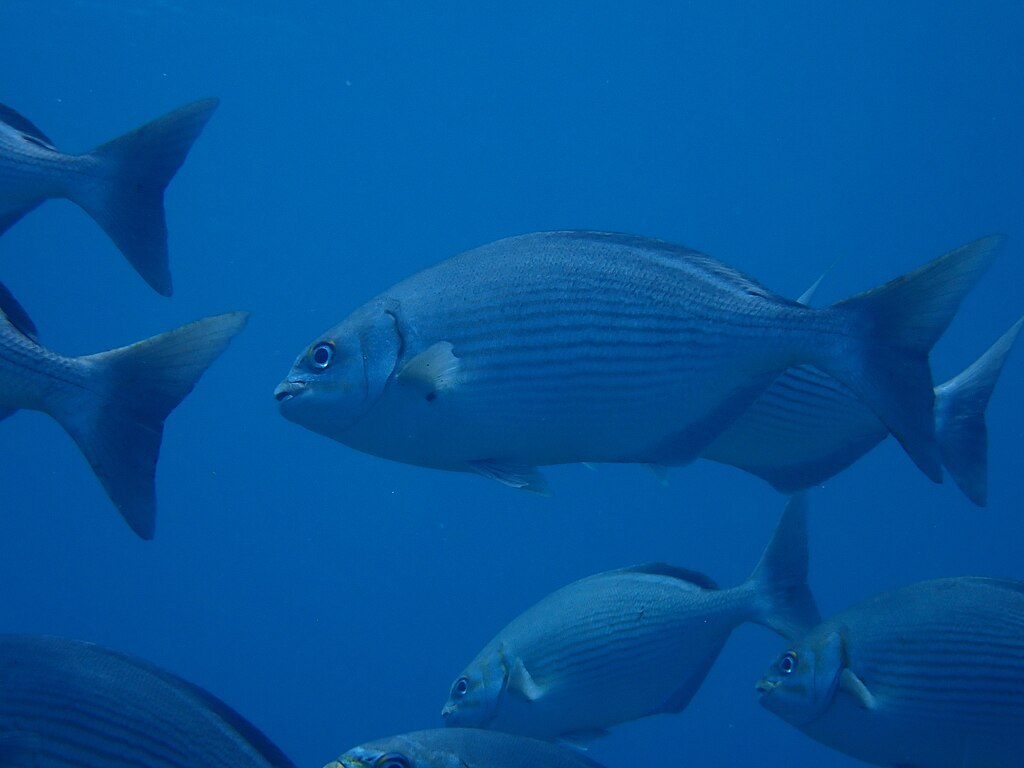
While outsiders might focus solely on filling fish boxes, Gulf Coast locals understand that sustainable fishing practices ensure healthy fisheries for future generations. They’ve embraced techniques like venting tools and descending devices that help deep-water fish survive after release, particularly important for regulated species like red snapper and grouper brought up from depth. Many experienced anglers practice selective harvesting, taking only what they need and often releasing the largest breeding specimens even when legal to keep them. Gulf veterans also participate actively in fishery management discussions, attending regulatory meetings and providing crucial on-the-water observations that help scientists develop effective conservation measures. This conservation mindset extends to habitat protection as well, with many local fishing clubs and organizations participating in artificial reef deployment and coastal restoration projects that enhance marine ecosystems throughout the Gulf.
The Community Connection: Tapping into Local Networks
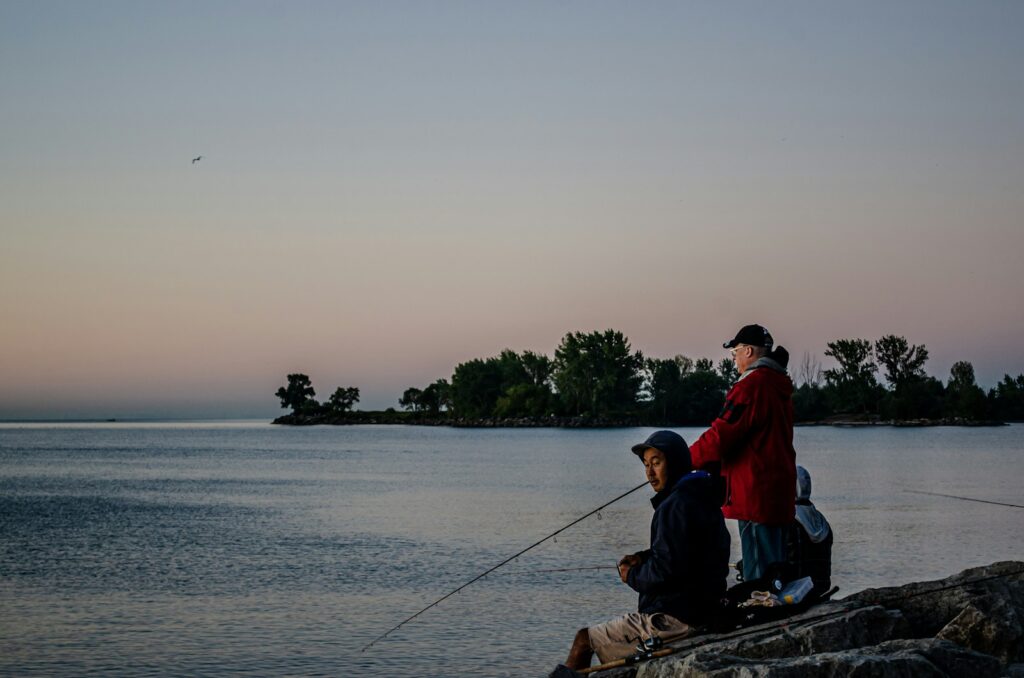
Perhaps the most valuable resource for Gulf Coast offshore fishing isn’t found in tackle shops or online forums but in the tight-knit fishing communities that dot the coastline. Local anglers have developed networks for sharing information about fish movements, productive areas, and effective techniques, though this knowledge is typically reserved for those who’ve earned trust through respectful fishing practices and community involvement. Bait shop owners, marina operators, and commercial fishermen often hold the most current and accurate fishing intelligence, but they share it selectively with those who support local businesses and contribute positively to the community. Visitors who take time to build relationships, ask respectful questions, and demonstrate genuine interest in local fishing culture often gain access to insights that no charter fee can buy. These connections, built over time through shared passion for the Gulf’s resources, represent the true advantage that separates locals from visitors on these productive waters.
Conclusion

The Gulf Coast’s offshore waters offer some of North America’s most productive and diverse fishing opportunities, but success isn’t merely about having the right gear or biggest boat. The techniques, seasonal knowledge, and environmental understanding that local anglers have developed through generations on these waters provide advantages that can’t be purchased or quickly acquired. By approaching Gulf fishing with respect for both the resource and the culture surrounding it, even visitors can begin to fish more like locals – reading water conditions, adapting techniques to seasonal patterns, and practicing conservation that ensures these treasured fisheries remain productive for generations to come. The true magic of Gulf Coast offshore fishing lies not just in what you catch, but in connecting to a maritime tradition as deep and rich as the emerald waters themselves.




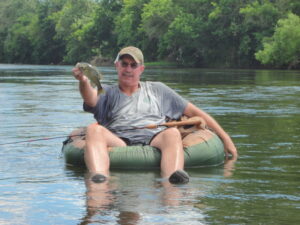
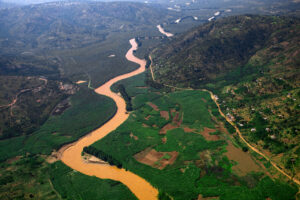








Post Comment